Going beyond the surface―an Ainu artist’s tips for seeing a whole new side to Sapporo
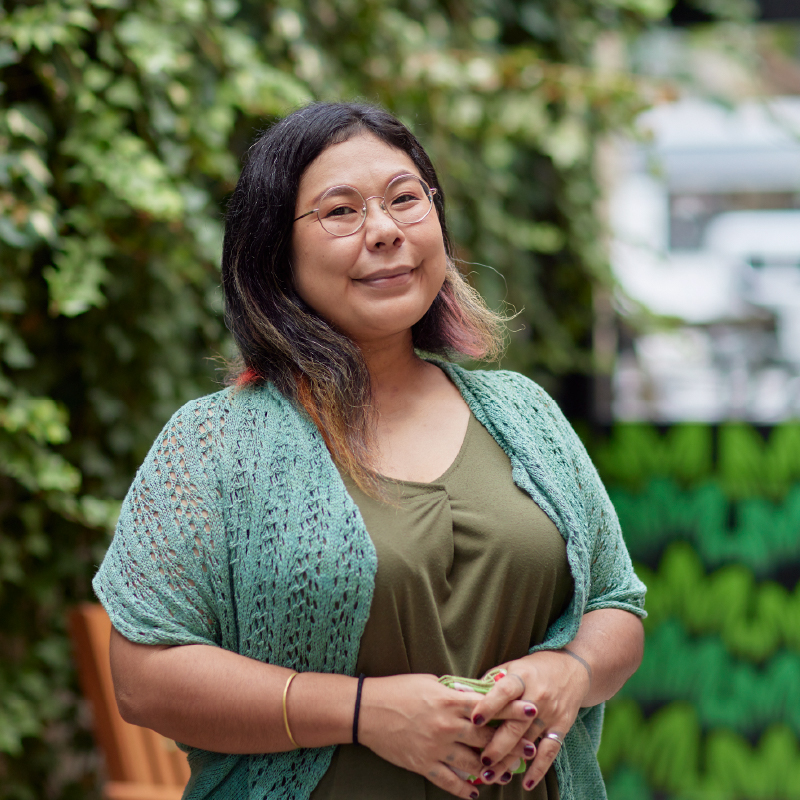
An artist and Ainu language teacher uncovering Sapporo’s complexities Mayunkiki
Mayunkiki is a member of Marewrew and Apetunpe, two vocal groups who perform traditional Ainu folk songs. She embarked on a solo career in 2021 and has participated in art festivals in Japan and beyond. She is also working as an Ainu language teacher and the Ainu Cultural Coordinator for the Sapporo International Art Festival.
I create new Ainu terms by thinking about how I would describe modern concepts to the original speakers of the language
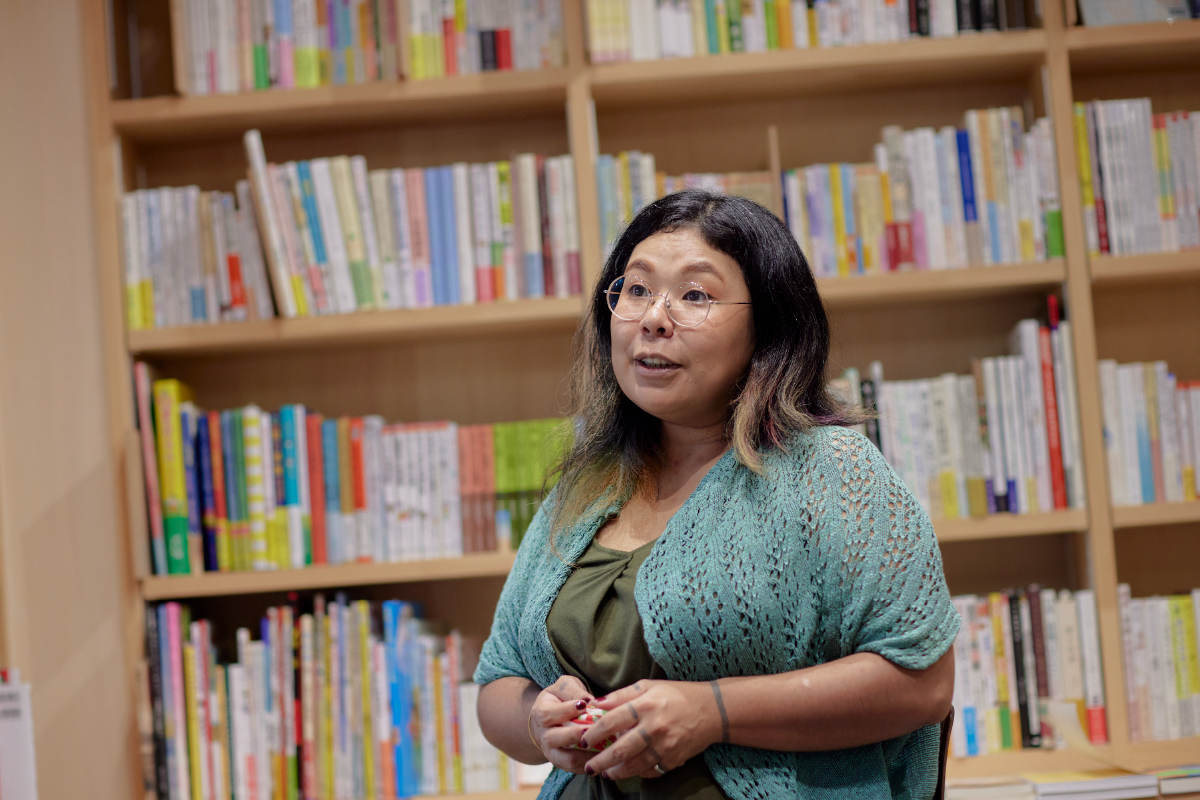
SIAF (Sapporo International Art Festival) has been running every three years since 2014. In 2020, I was approached to suggest an Ainu equivalent for the festival’s name, and came up with Usa Mosir un Askay utar Sapporo otta Uekarpa. It means “a gathering of skilled people from various countries.” Coming up with the name was an interesting process because certain words don’t exist in the Ainu language, such as “international” and “art”. I focused on how I would describe the festival to the original speakers of Ainu. I was also asked to coin an Ainu name for the sub-theme of the next SIAF, which will be held at various locations in Sapporo in the winter of 2024. As the sub-theme urges people to think about the future through the medium of snow, I tried to evoke the images of snowflakes swirling together as they fall, as if chasing each other and humans running towards the future in the word upaste. To come to this word, I borrowed a lot from the teachings of Shigeru Kayano, who was a pivotal figure in the Ainu language revitalization movement. According to his accounts, upas means snow, but it holds the image of snowflakes swirling and tumbling together as one. Paste means to run, but it’s in the causative form so it’s expressing the way we’re encouraging people to act.
Learning the Ainu language opened my eyes to new worldviews
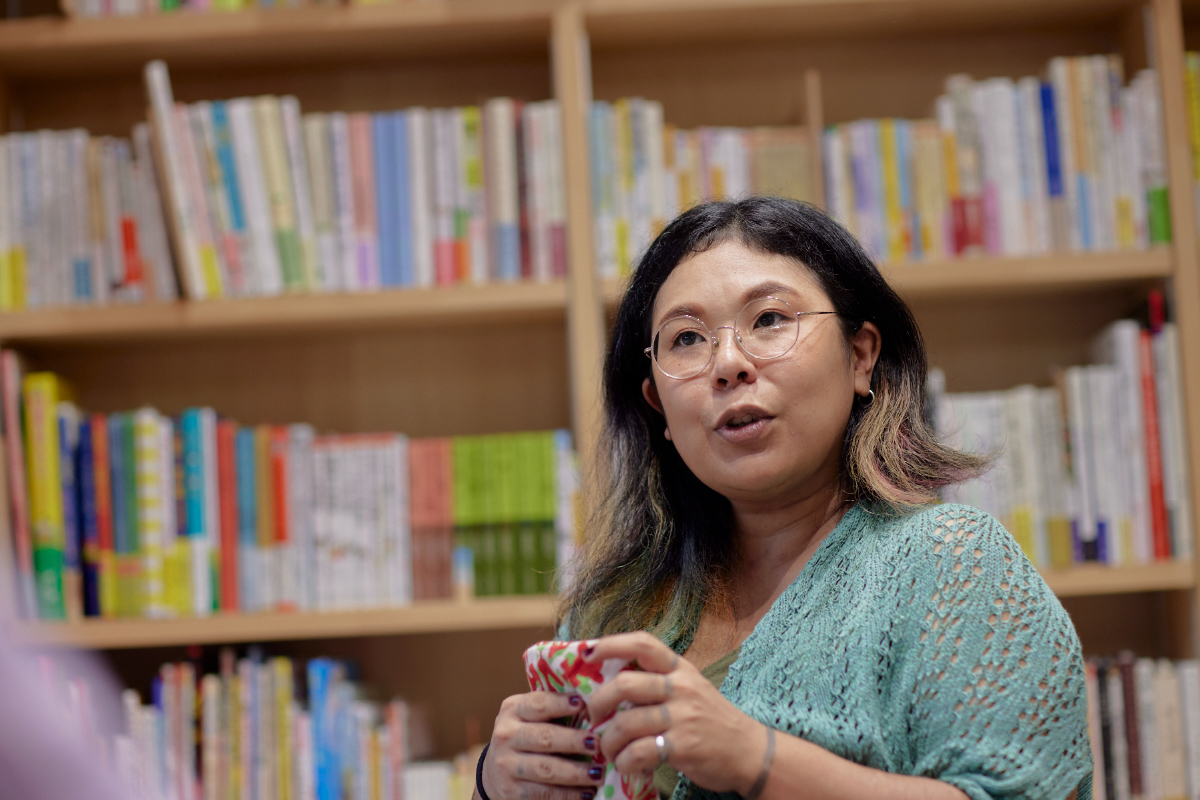
I started learning the Ainu language in my early twenties—the more I learned, the more it opened my eyes to new ways of thinking. For example, when using the word “we”, there’s a difference depending on whether or not you’re including the person you’re talking with. I’ve now started to apply this concept to my Japanese by making sure it’s clear who is talking to who, and trying to avoid accidentally involving other people when I speak.
Learning about these worldviews and forms of expression is really important and it would be a big shame if we lost our ability to speak Ainu. I hope that eventually we’ll be living in a world where knowledge about the Ainu language, worldview and culture is second nature.
These days I’m holding online Ainu language classes for anyone who has an interest in the language and instructing Ainu people on methods of teaching the language through The Foundation for Ainu Culture. In the future, I hope there will be more Ainu who learn and pass on both their everyday language and their linguistic knowledge.
I’m trying to unravel the layers of local places through the clues left by people who lived here long ago
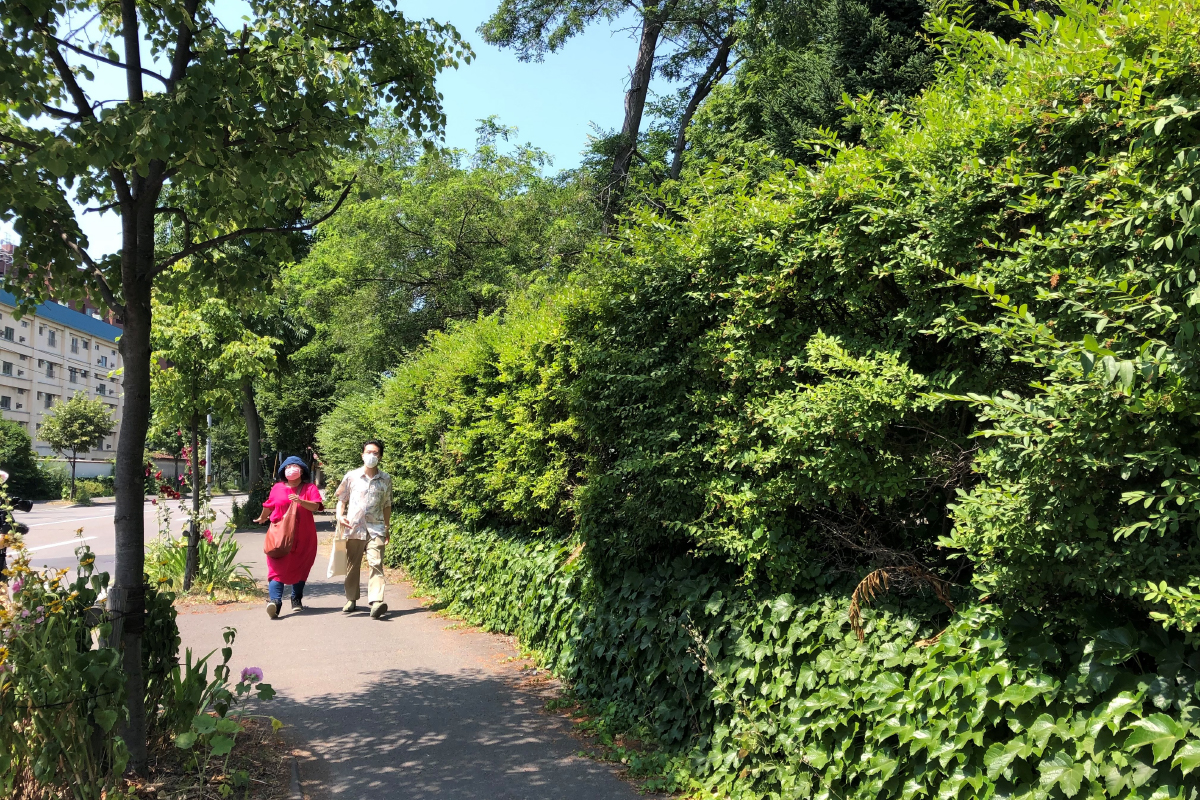
Just as language opened my eyes to new worldviews, I also became interested in uncovering Hokkaido’s less obvious layers. In 2017, I reached out to Akihisa Tanimoto, a professor from Hokkaido University who does research on local history, to help me on my quest. Together we started by exploring the Maruyama and Sapporo Station areas.
This was the beginning of Earth Dive, a process of walking through the streets and local landscapes and trying to see beyond the obvious, by imagining what the land was like, what things happened there, and digging deeper, looking for traces of the past that can still be found.
Sapporo has many place names that originate from the Ainu language; you can often find them displayed on street signs. When you look closely at these names, you soon realize that beyond superficial, romanticized images, they actually offer a window to the past, revealing what the people who lived here a long time ago left behind.
By diving into Hokkaido’s past, thinking back to the time before the island became a part of the nation of Japan, you’ll soon find that the idea of Hokkaido lacking history is actually a misconception. I think that Earth Dive is an opportunity to gradually unravel the fixed image of Hokkaido.
Actively searching for deeper meaning on your travels around Sapporo can be fascinating
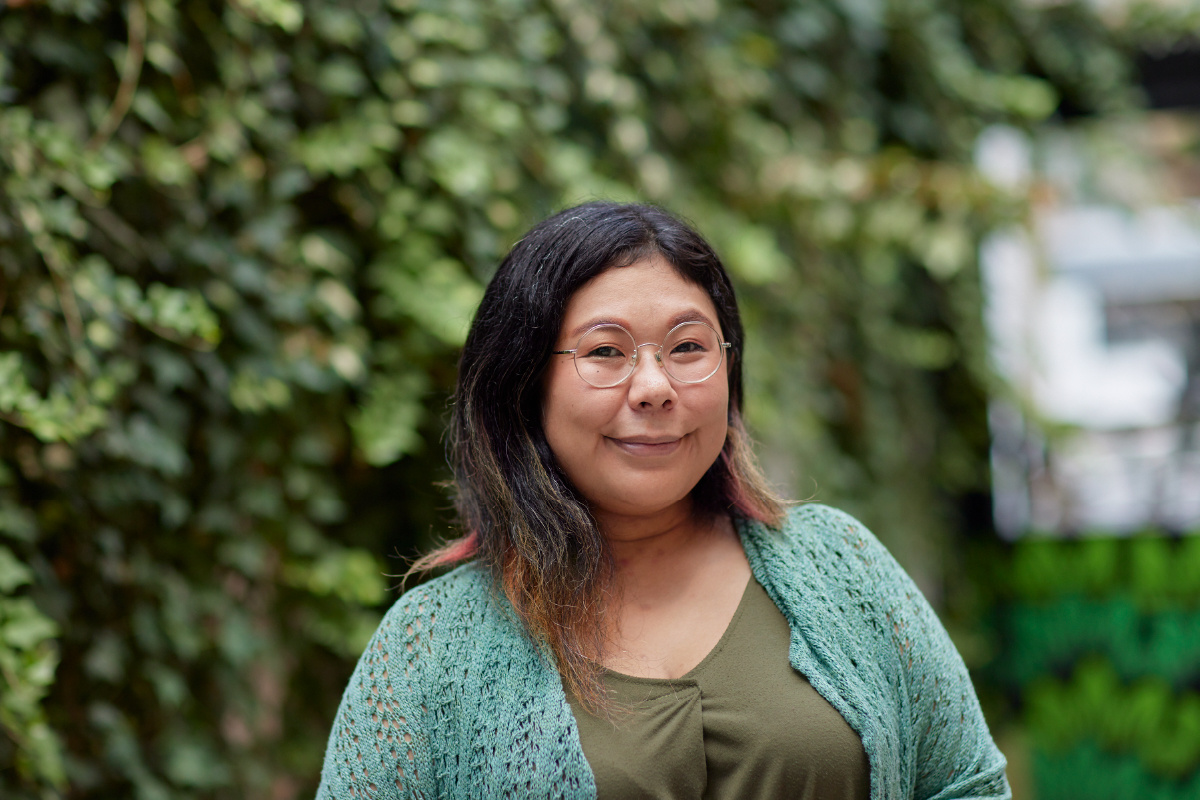
I’d like visitors of Sapporo to apply this Earth Dive perspective to their travels—rather than taking everything at face value, try to actively search for deeper meaning. It’s also worth seeing what you can find that relates to the Ainu. For example, you can start by checking out the wooden sculpture of an ekasi, a wise old Ainu man, that stands proud at Sapporo Station. It was carved by Takeki Fujito, who was a leading Ainu sculptor.
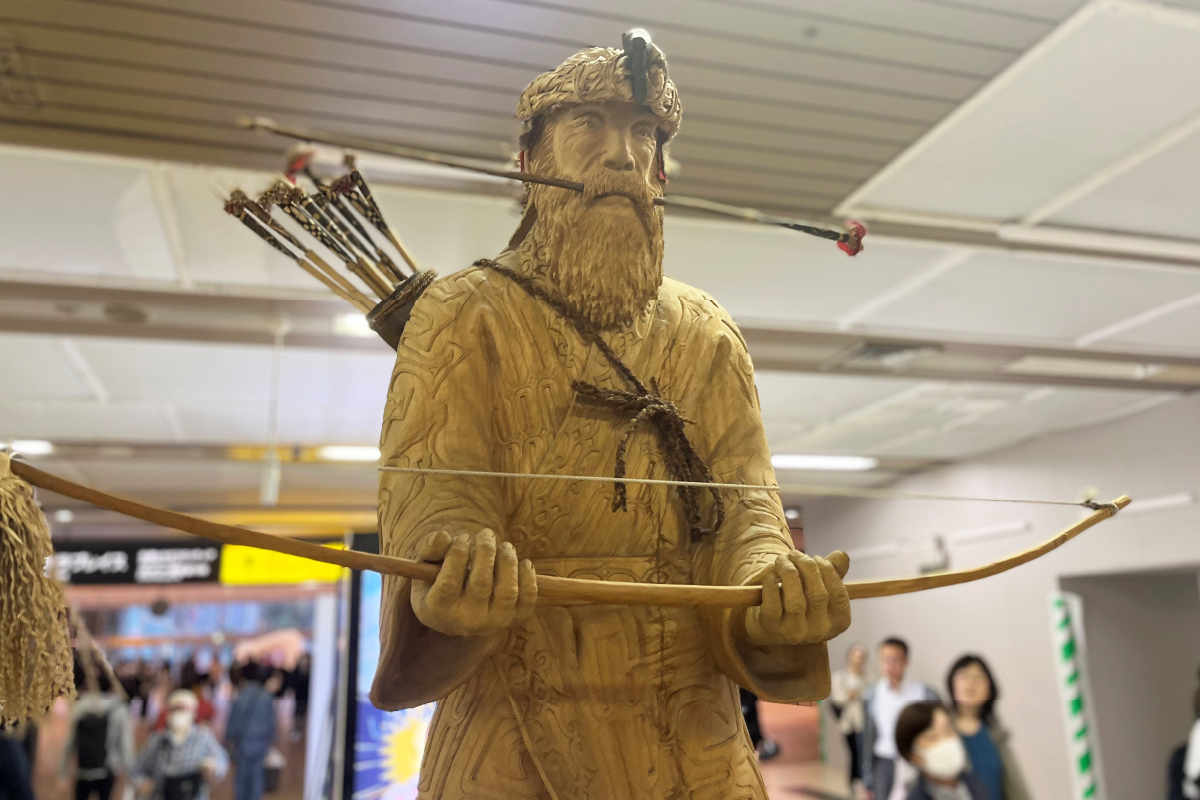
After that, I’d suggest a visit to the Hokkaido Museum or the Sapporo Ainu Culture Promotion Center, Sapporo Pirka Kotan. While learning about Sapporo through the exhibits, it’s important not to view these stories as relics of the past but rather as things that happened here that are still relevant today.
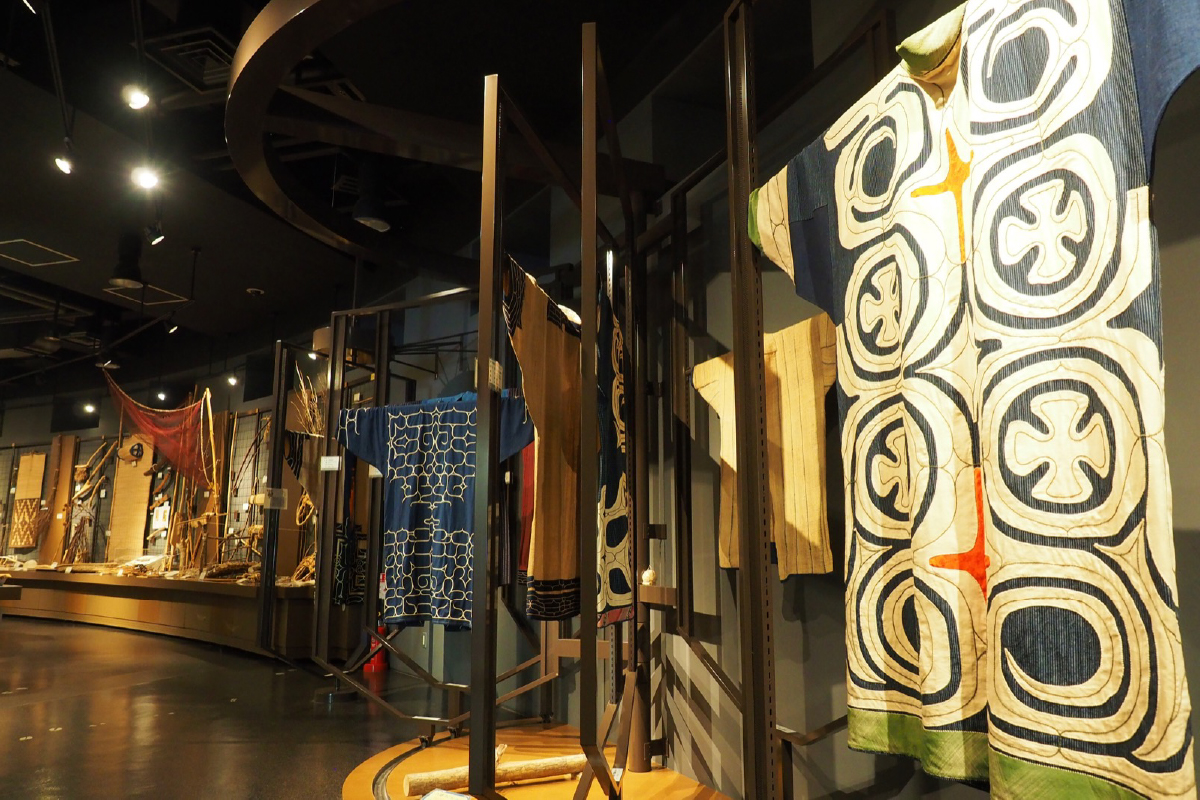
There’s a lot you can learn from the Ainu relating to nature as well. If you’re going to go hiking in the mountains, I suggest doing as the Ainu do, by not saying the word “bear” out loud—this way you won’t be inadvertently inviting any unwanted friends to your side.
There’s a wealth of knowledge to be found when you actively seek it out, and if you come to Sapporo, it’s the perfect chance to learn more about Ainu history and culture―you could even pick out a book as a fun souvenir and a way to further broaden your perspective.